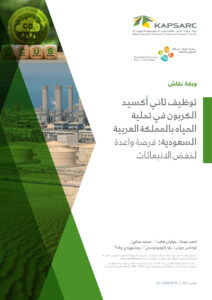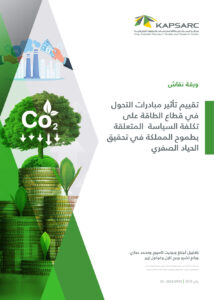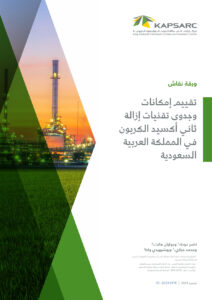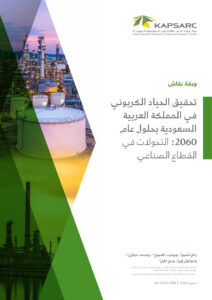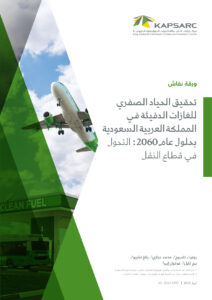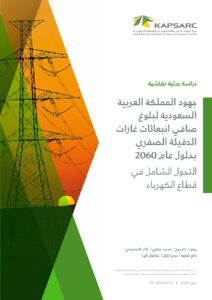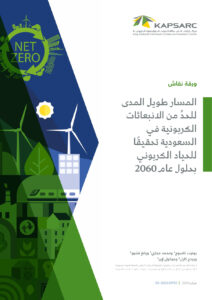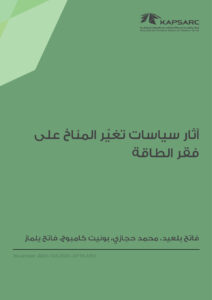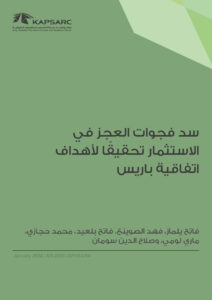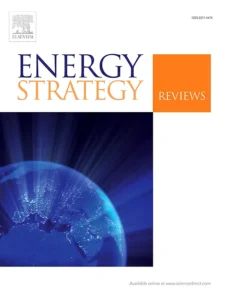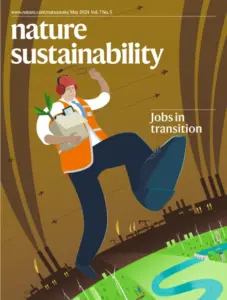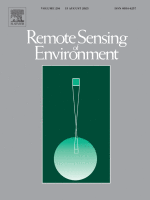محمد مديرعام تنفيذي لبرنامج المناخ والاستدامة في كابسارك. ويقود مشروع الشراكة المتعلقة بالتخفيف من آثار تغير المناخ والتكيف معها. تركز أعماله على البحث حول تغير المناخ، وآثار تغير المناخ والتكيف معها والتخفيف منها، ونمذجة التقييم المدمج، والصلة بين الطاقة والمياه والأرض. وعمل قبل انضمامه إلى كابسارك باحثًا أول في مختبر شمال غرب المحيط الهادئ الوطني التابع لوزارة الطاقة الأمريكية، حيث كان محققًا رئيسًا لمشروع أنظمة نمذجة القطاعات للتغير العالمي، وهو مشروع يكلف ملايين الدولارات ويضم أكثر من 40 باحثًا متعدد التخصصات في العديد من المؤسسات. وقد ترأس وساهم في العديد من المشاريع للبنك الدولي، ومصرف التنمية للبلدان الأمريكية، والوكالة الأمريكية للتنمية الدولية، والوكالة الأمريكية لحماية البيئة، وهيئة المساحة الجيولوجية الأمريكية، وناسا، ومؤسسة العلوم الوطنية الأمريكية. ونشر أكثر من 100 منشور صحفي، وأسهم في التقييم الوطني الأمريكي للمناخ، وتقرير فريق العمل الثالث التابع للهيئة الحكومية الدولية المعنية بتغير المناخ بشأن التخفيف من آثار تغير المناخ. وهو حاصل على درجتي البكالوريوس والماجستير من جامعة ماريلاند في كوليج بارك، ودرجة الدكتوراه من جامعة إلينوي في أوربانا شامبين.
Limiting Carbon Dioxide Removal Could Exacerbate Global Economic Inequality
The Paris Agreement’s goal of limiting global warming to well below 2 degrees Celsius (°C), and ideally 1.5°C, above pre-industrial levels, places significant emphasis on carbon dioxide removal (CDR) technologies. However, the global landscape for CDR deployment remains uneven, with significant disparities in technological capacity, economic readiness, and regional ambition. This study investigates how limited access to CDR technologies could exacerbate global economic inequality under a 1.5°C pathway. Using the Global Change Analysis Model (GCAM v6.0), six scenarios – ranging from unrestricted CDR availability to constrained deployment – are evaluated. Our findings reveal that constrained CDR availability significantly increases median global carbon prices, rising from US$588 per ton of carbon dioxide (tCO2) in the full CDR portfolio scenario to $937/tCO2 by 2055 in the most restrictive scenario. By 2100, some regions will face prices exceeding $3,000/tCO2, underscoring stark regional inequalities. These elevated carbon prices could deepen economic disparities, particularly in developing nations and fossil fuel-dependent economies. Furthermore, constrained CDR availability could also amplify inequalities in energy and food security, disproportionately affecting poorer regions. The study underscores the need for equitable CDR access to support a just global transition to a low-carbon future, offering valuable insights for policymakers designing more equitable climate strategies.
16th أبريل 2025
